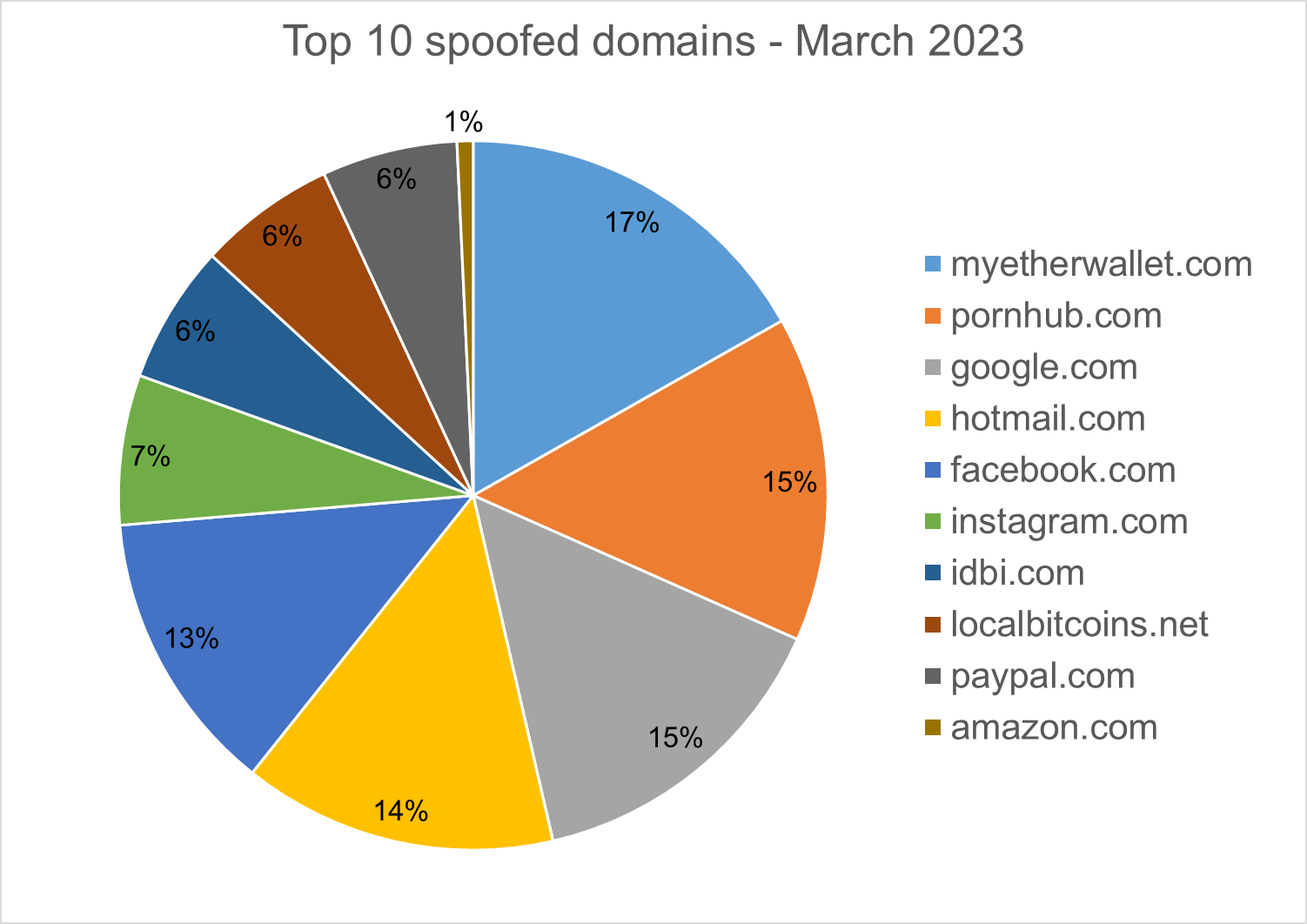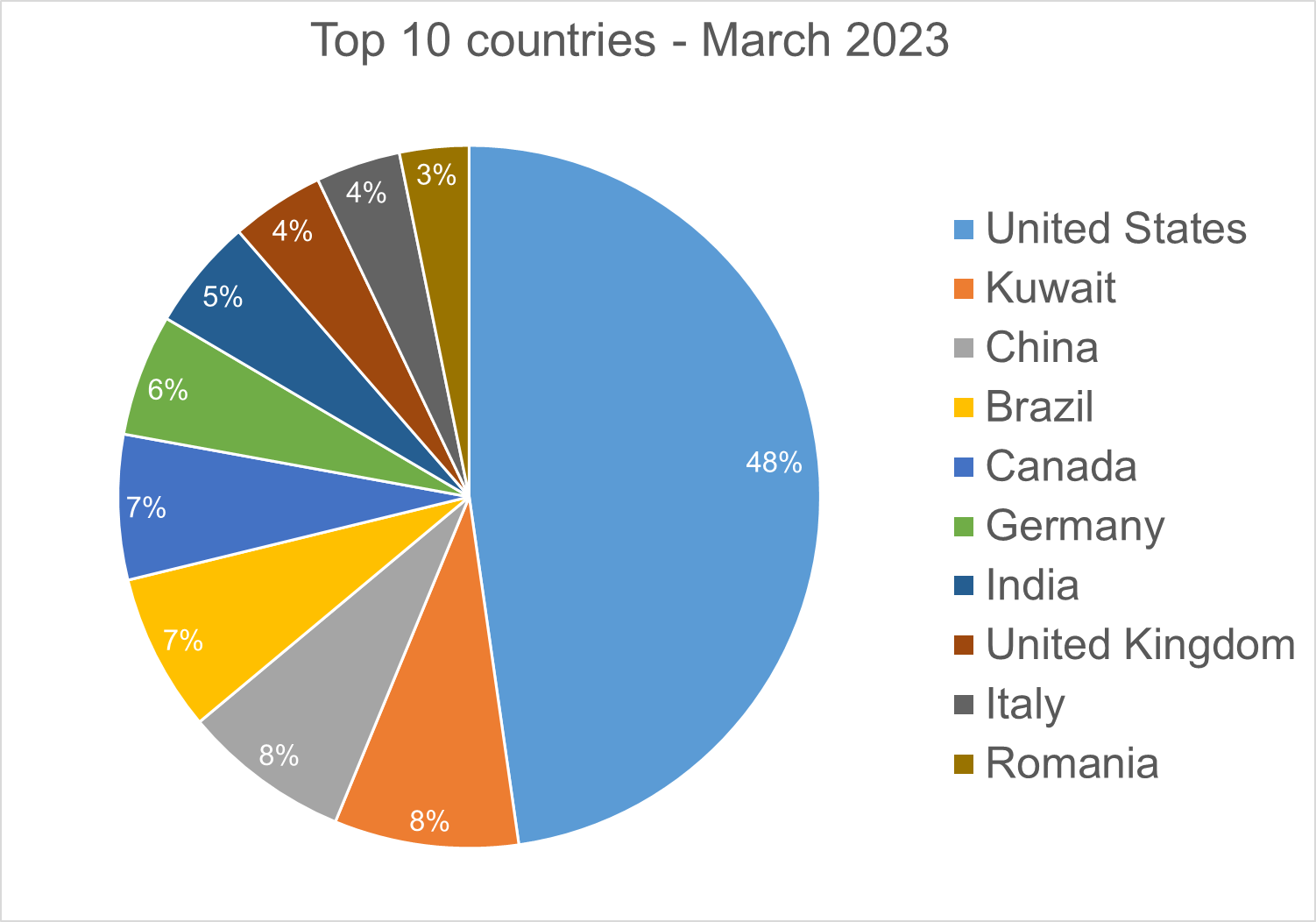Bitdefender Threat Debrief | April 2023

MDR Insights
The recent survey conducted by Bitdefender highlights some concerning trends in the state of cybersecurity. The fact that more than half of organizations have suffered a data breach in the past 12 months is alarming, and the majority of those affected have been asked to keep the data leak under wraps, which can make it difficult to take appropriate action to protect against future breaches.
The recent trend of threat actors identifying vulnerabilities with PoC (Proof-of-Concept) targeting popular software (a few examples are Log4j, Microsoft Exchange, VMware ESXi or the most recent vulnerability in MSMQ) and quickly weaponizing them could explain why vulnerability and zero-day exploits are seen as the biggest risk by a majority of respondents in the Bitdefender survey.
This approach allows attackers to exploit vulnerabilities in software before patches are released, putting organizations at risk of a data breach. Once a vulnerability has been weaponized, it can be rapidly disseminated to other attackers, making it difficult for organizations to defend against.
As a result, it is critical for organizations to have effective patch management processes in place to ensure that vulnerabilities are identified and patched as quickly as possible. Additionally, having robust detection and response capabilities can help to identify and mitigate attacks that bypass traditional security measures.
It is worth noting that upcoming legislation such as the NIS2 Directive from the European Union and the US National Cybersecurity Strategy 2023 are attempting to shift the responsibility for cybersecurity to software vendors. This has the potential to change the security landscape significantly.
If software vendors are held accountable for security vulnerabilities in their products, it could lead to a stronger focus on security during the development process. This could result in better-quality software with fewer vulnerabilities and a more secure overall environment for users.
Ransomware Report
Spear phishing attacks are often used as an initial attack vector and ransomware infection is often the final stage of the kill chain. For this report, we analyzed malware detections collected in March 2023 from our static anti-malware engines. Note: we only count total cases, not how monetarily significant the impact of infection is. Opportunistic adversaries and some Ransomware-as-a-Service (RaaS) groups represent a higher percentage compared to groups that are more selective about their targets, since they prefer volume over higher value.
When looking at this data, remember these are ransomware detections, not infections.
Top 10 Ransomware Families
We analyzed malware detections from March 1 to March 31. In total, we identified 247 ransomware families. The number of detected ransomware families can vary each month, depending on the current ransomware campaigns in different countries.

Top 10 Countries
In total, we detected ransomware from 148 countries in our dataset this month. Ransomware continues to be a threat that touches almost the entire world. Below is a list of the top 10 countries most impacted by ransomware. Many ransomware attacks continue to be opportunistic, and the size of population is correlated to the number of detections.
Android trojans
Below are the top 10 trojans targeting Android we have seen in our telemetry during March 2023.

SMSSend.AYE - Malware that tries to register as the default SMS application on the first run by requesting the consent of the user. If successful, it collects the user's incoming and outgoing messages and forwards them to a Command & Control (C&C) server.
Downloader.DN – Repacked applications taken from Google App Store and bundled with aggressive adware. Some adware downloads other malware variants.
HiddenApp.AID - Aggressive adware that impersonates AdBlock applications. When running for the first time, it asks permission to display on top of other apps. With this permission, the application can hide from the launcher.
Triada.LC – Malware that gathers sensitive information about a device (Device IDs, Subscriber IDs, MAC addresses) and sends them to a malicious C&C server. The C&C server responds by sending back a link to a payload that the malware downloads and executes.
Banker.XJ,YM - Applications that drop and install encrypted modules. This trojan grants device admin privileges, and gains access to manage phone calls and text messages. After deploying, it maintains a connection with the C&C server to receive command and upload sensitive information.
Banker.ZF, ZX - Applications that disguise themselves as banking apps and can imitate conversation with customer support. When the malware runs for the first time, it asks for permissions to access contacts, microphone, geolocation, and camera. Once the permissions are granted, the malware can receive commands from the C&C server to exfiltrate sensitive data from the phone.
InfoStealer.YY - Remote Administration Tool for mobile devices that allows an attacker to take control of a victim's device without needing root access. Once the malware is installed on the phone, the attacker can carry out various attacks that compromise the confidentiality and privacy of the victim's data. The tool has ability to capture the screen content, stream live video from the phone's cameras, upload and download files from the device, track the user's location and even capture authentication credentials from Facebook and Google platforms.
Banker.ACX - Applications that impersonate Korean banking applications to record audio and video, collect sensitive information (SMS messages, contacts, GPS location…) and upload it to a C&C server.
Homograph Phishing Report
Homograph attacks work to abuse international domain names (IDN). Threat actors create international domain names that spoof a target domain name. When we talk about “target” of IDN homograph phishing attacks, we refer to the domain that threat actors are trying to impersonate. You can read more about this type of attack in one of our previous reports.
Below is the list of the top 10 most common targets for phishing sites.

About Bitdefender Threat Debrief
The Bitdefender Threat Debrief (BDTD) is a monthly series analyzing threat news, trends, and research from the previous month. Don’t miss the next BDTD release, subscribe to the Business Insights blog, and follow us on Twitter. You can find all previous debriefs here.
Bitdefender provides cybersecurity solutions and advanced threat protection to hundreds of millions of endpoints worldwide. More than 150 technology brands have licensed and added Bitdefender technology to their product or service offerings. This vast OEM ecosystem complements telemetry data already collected from our business and consumer solutions. To give you some idea of the scale, Bitdefender Labs discover 400+ new threats each minute and validate 30 billion threat queries daily. This gives us one of the industry’s most extensive real-time views of the evolving threat landscape.
We would like to thank bitdefenders Tyler Baker, Alin Damian, Mihai Leonte, Andrei Mogage, Sean Nikkel, Nikki Salas, Rares Radu, Ioan Stan, Marius Tivadar, and Horia Zegheru (sorted alphabetically) for their help with putting this report together.
tags
Author

Martin is technical solutions director at Bitdefender. He is a passionate blogger and speaker, focusing on enterprise IT for over two decades. He loves travel, lived in Europe, Middle East and now residing in Florida.
View all postsRight now Top posts
FOLLOW US ON SOCIAL MEDIA
SUBSCRIBE TO OUR NEWSLETTER
Don’t miss out on exclusive content and exciting announcements!
You might also like
Bookmarks












